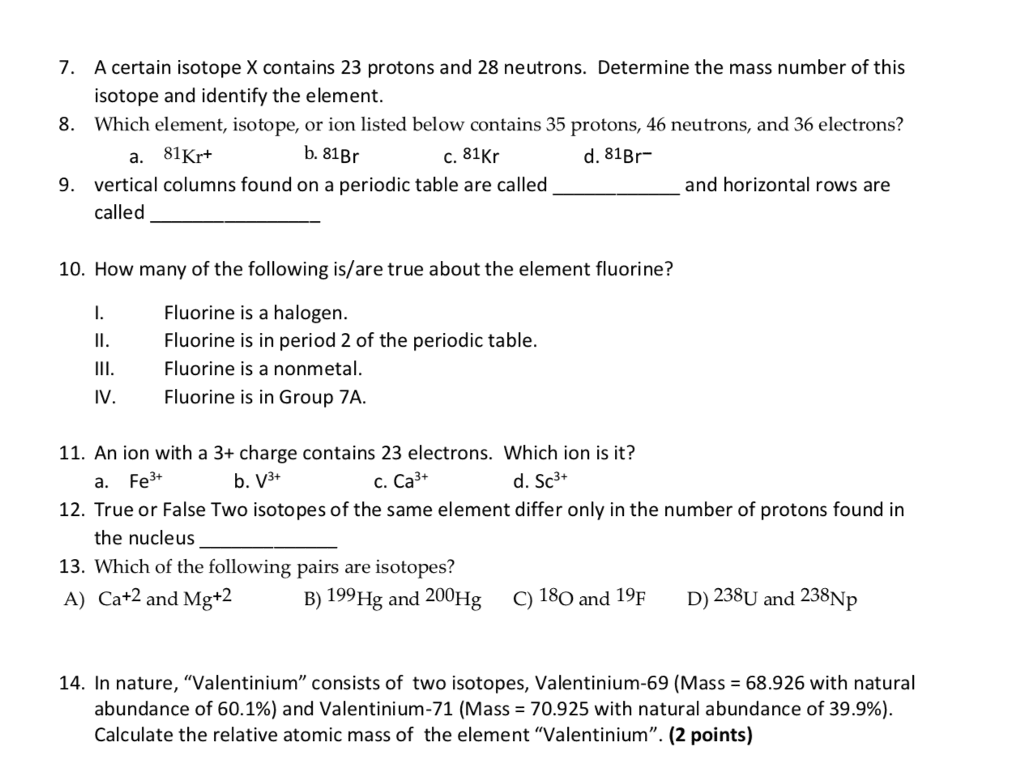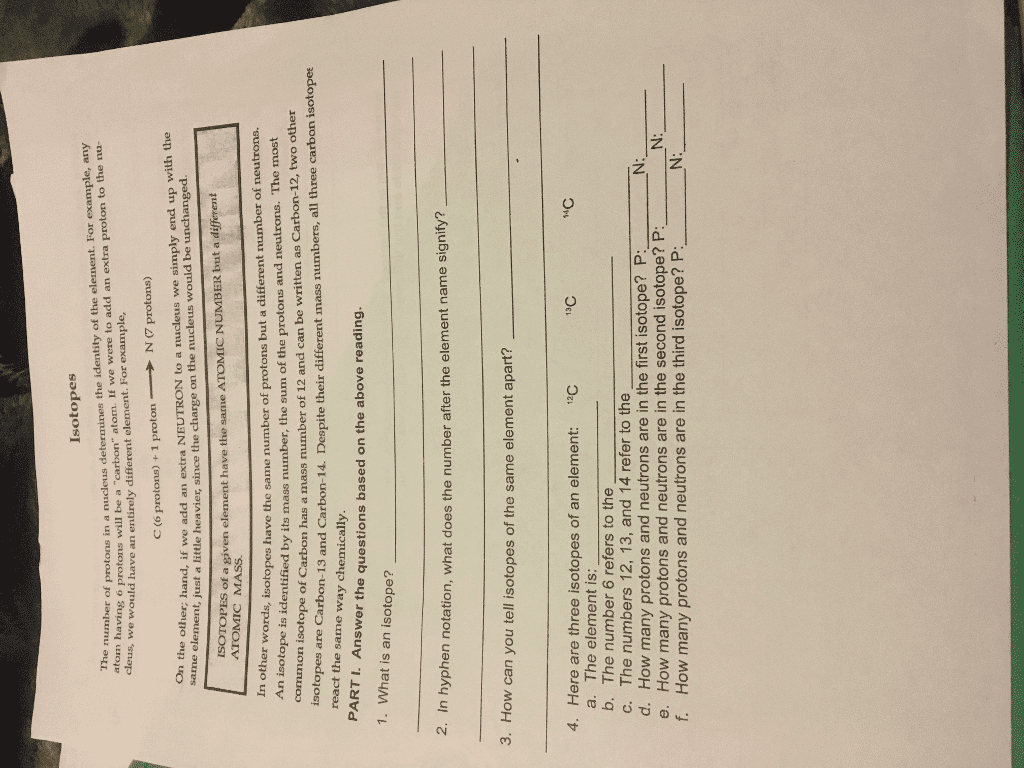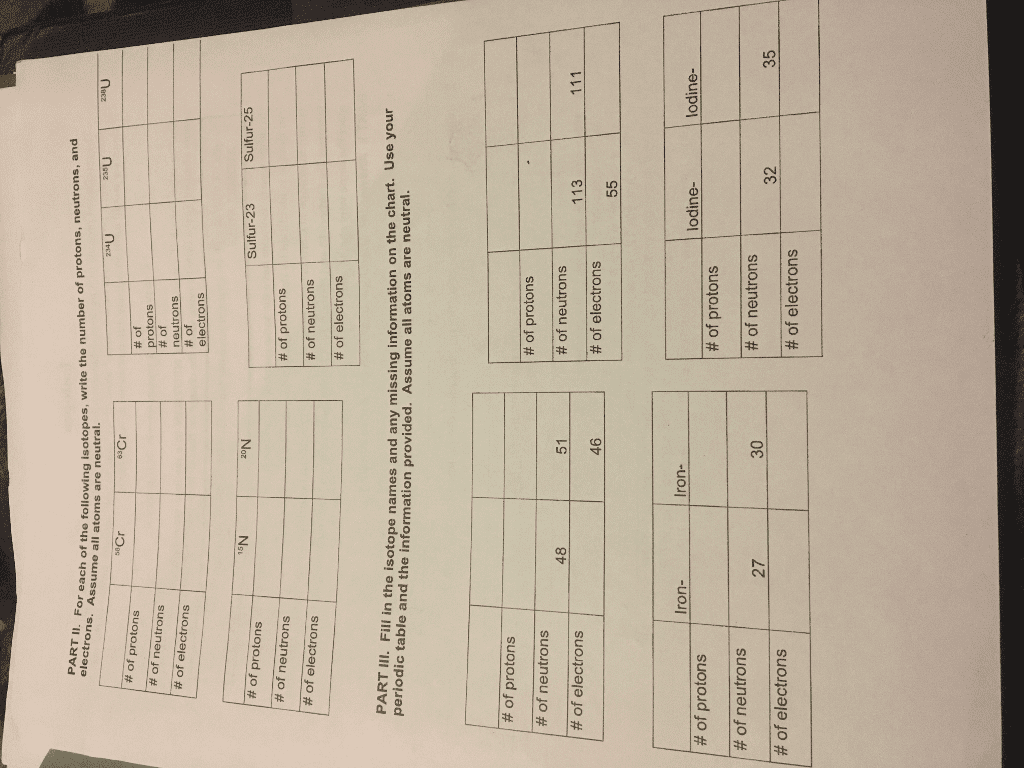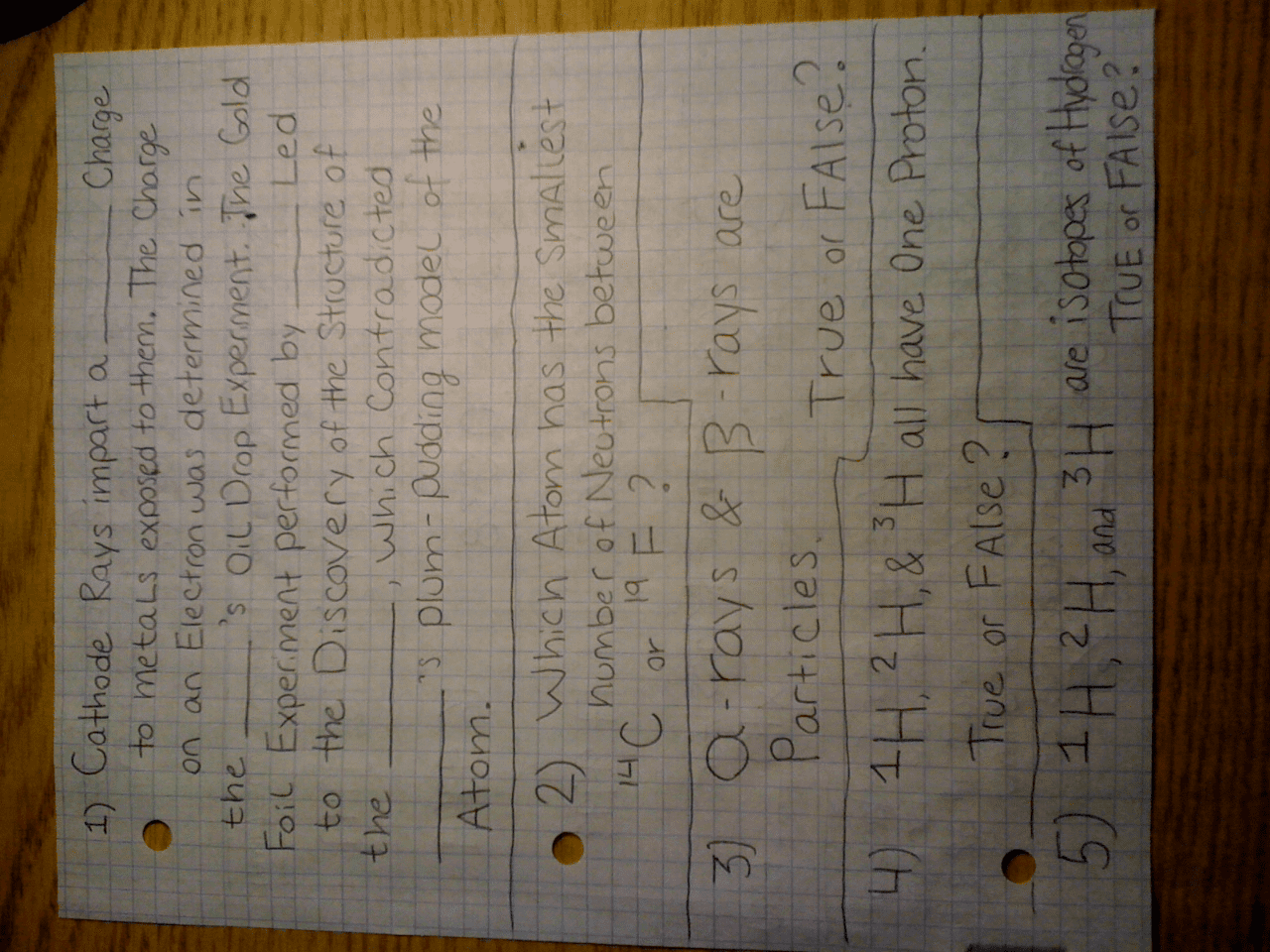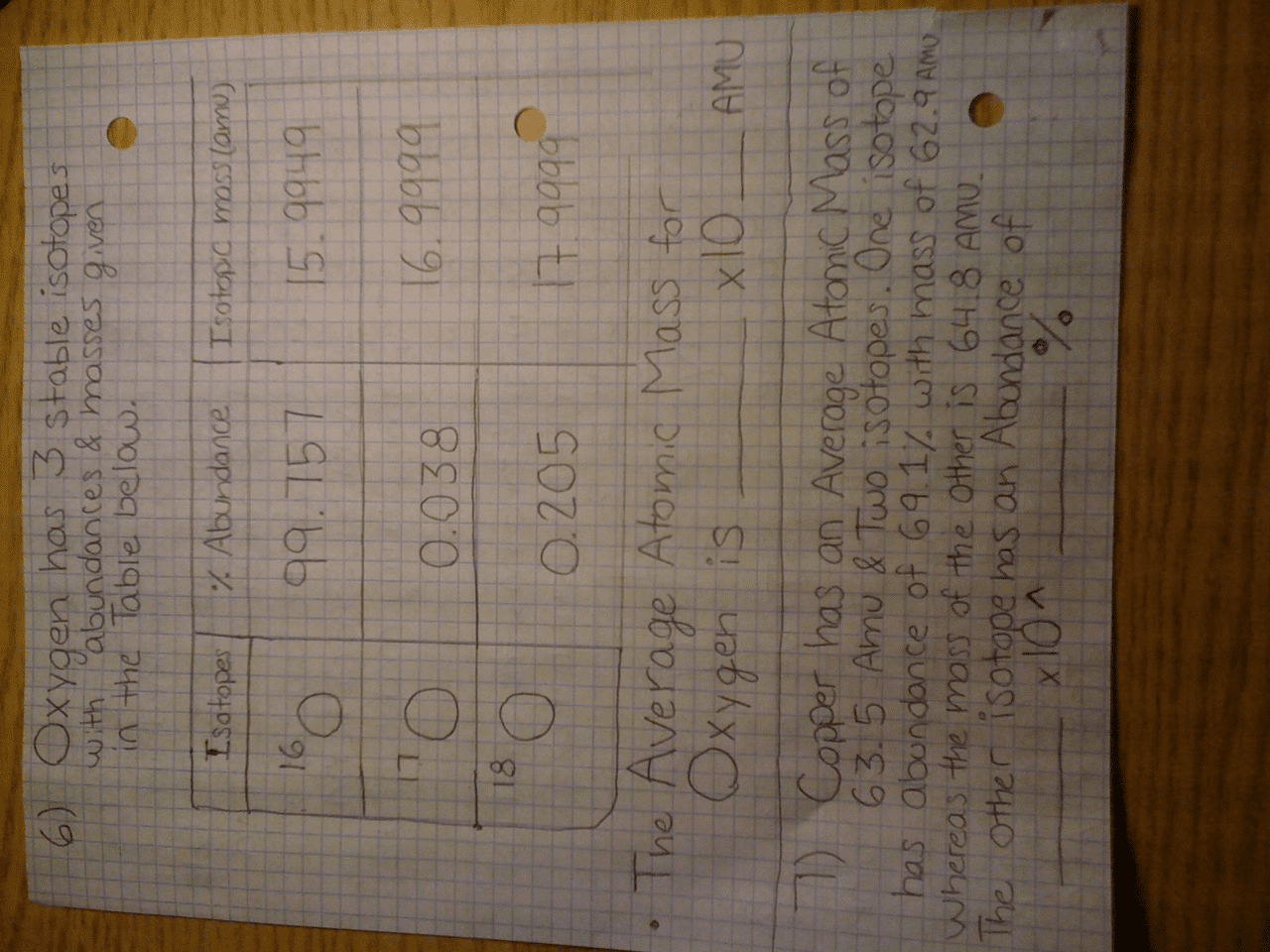CHEM 154 Study Guide - Final Guide: Valence Electron, Niels Bohr, Ionic Radius
Document Summary
Z = 1 n = 2 e- = 1. # protons = # electrons (for neutral species) Electrons = 18 (- charge adds 2 e- relative to neutral atom) A = mass number (# protons\ + # neutrons) Z = 1 n = 0 e- = 1 n = 1 e- = 1. Electrons orbit around the nucleus in perfectly defined orbits: issue: e- should constantly lose energy & not perfectly orbit. Excellent at predicting energy of one electron species. Equation to determine maximum #e- in a particular orbit: #e- n = 2n2 where n = 1,2,3 . Electrons that are closer to the nucleus have lower energy than electrons that are further from the nucleus. Electrons in lower n are more stable than those in higher n. E = - 2. 178 x 10-18 j x (z2/n2) only applies to 1 electron species. Infinitely separated e- moves closer =electrostatic more - Greater nuclear charge = smaller gap between energy levels.



